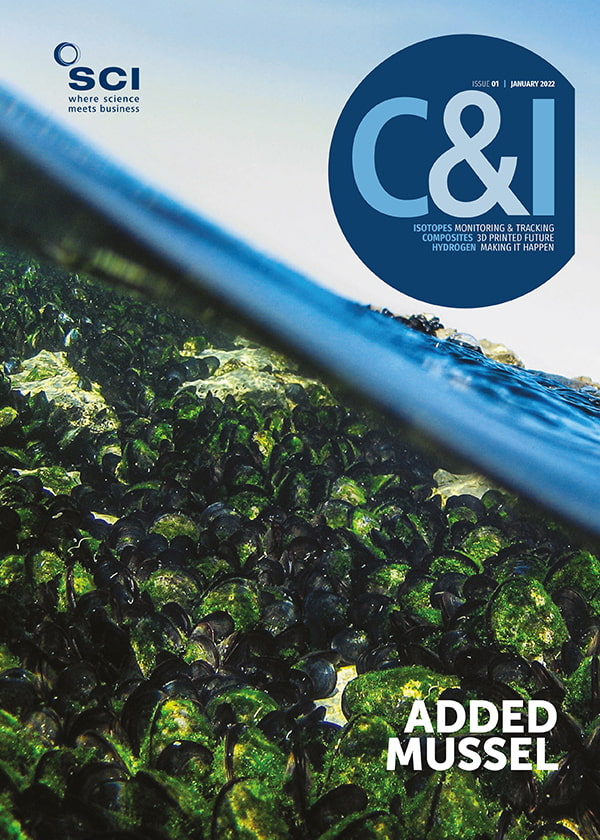Anthony King
Danish shipping company Maersk has launched the first design of a large container vessel powered by carbon-neutral methanol. The 350m-long vessels will be built by Hyundai Heavy Industries and fitted with a dual-fuel engine setup. It will boost efficiency per container by 20%, compared with the industry average for vessels its size, according to Maersk.
The vessels could complete a round-trip from Asia to Europe on green methanol. ‘They can also operate on conventional low-sulfur fuel oil,’ noted Palle Laursen, Chief Technical Officer at Maersk (youtube.com/watch?v=2T_7I-MNc_0) ‘in case we are not able to source exactly all the methanol we need from the day they are launched.’
There are three carbon-free fuel options for ocean going vessels: hydrogen, ammonia or methanol. All of them are expected to be more expensive than existing fuels.
Ammonia will likely be a cheaper route to renewable energy than methanol on ships, according to University College London (UCL) research. However, engines and ships are already sailing with methanol, which can be made either (as today) from fossil fuel sources such as biomass or synthesised from carbon dioxide and hydrogen feedstocks. ‘The environmental credentials all depend on where the CO2 is from,’ says UCL shipping researcher Tristan Smith. ‘If the CO2 is captured by renewable electricity from the atmosphere, then the fuel can be very low carbon.’
The Maersk announcement is significant, he adds. ‘Deep sea shipping has a significant challenge in how it can move away from fossil fuels, and little progress has been made to date.’
A Maersk spokesperson says sourcing agreements for its green methanol have yet to be agreed, but an agreement for e-methanol for smaller vessels based on solar power is already in place.
Dan Rutherford, who directs the aviation and marine programmes of the International Council on Clean Transportation, has described ammonia as acutely toxic, with a low odour threshold, and said it may prove unpopular for these reasons (C&I, 2021 85(12), 6).
There may also be lower risks to the use of methanol onboard ships which might make it more acceptable on certain routes and ports – such that even if it eventually does not become as dominant as ammonia in the long-run, methanol still retains a significant amount of use,’ explains Smith.
Pledges from big-name retailers to decarbonise their supply chain should fuel demand for greener shipping. ‘Announcements by Amazon, Apple, Unilever and Ikea that they will only use zero-carbon shipping services to move their goods [by 2040] and will use as much as possible sooner than this, has provided a clear signal that there can be demand for a company that is able to operate routes with very low and ultimately zero emissions,’ concludes Smith.
The first Maersk vessel is scheduled to be in operation at the beginning of 2024. Eight vessels will be built, with an option of buying another four.
The ship itself will be structured with crew accommodation and bridge located at the bow, to allow for more containers, and the funnel in the aft, on one side of the vessel. This will improve efficiency at port, according to Maersk, and increase container capacity by 7%.





